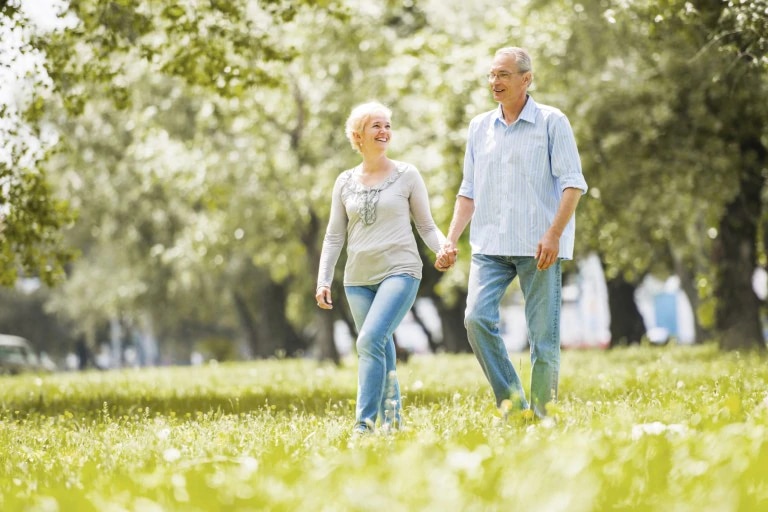
Understanding What Attracts Older Men to Younger Women and Age Gap Dating
Most older men like age gap dating because young women have energy, fresh style and bring new stuff into their lives. These men look for emotional maturity from someone younger, not just looks. Passion is real because young women often go for what they want and older men respect the honesty. Mutual interests keep age gap dating steady since both want something different, not the usual same-age drama.
Online dating is direct for older men. Finding someone who gets them is easier with a dating site. According to one quote, “Among online users aged 50-64, 19% say they have used a dating site.” Men don’t waste time with people who play games. They want mature relationship advice and expect real talk from advice for younger women. If you want to keep an older man’s focus, stay sharp, show some passion and use emotional maturity in chats.
How to Keep an Older Man Interested with Meaningful Conversation Every Time
If you want to keep chatting with older men without things getting stale, use mature relationship advice. Look for common ground. When flirting with older men, don’t force it. Ask him what drives him. Bring up music, places he’s visited, or local stuff he enjoys. Share activities you like too. Show some genuine interest in his stories, even if you already know how they end. A simple flow can go like this: “What did you do today?” – let him answer – “Have you always liked that?” Add your thoughts, then let him reply. These relationship tips save a lot of guesswork when flirting and show genuine interest. Supports respect and helps both feel comfortable.
- Ask about old and new hobbies
- Be straight, not nosy
- Stick to facts, don’t sugarcoat
- Never talk over him
- Don’t push if he’s quiet
Building a Genuine Connection by Supporting His Passions in Age Gap Dating
Start by picking up on what he actually likes doing. You want to understand his hobbies, not just nod when he brings them up. Ask straight questions and listen, don’t pretend. Most older guys like things like golf, fishing, car shows, gardening, or even chess. Step up and try these things too. That’s a strong move in age gap dating. When you both share hobbies, you’ve got more to talk about, and it can help you both get why the other thinks a certain way.
Keep your communication tips clear. Say what you think and ask what he wants. Don’t just agree to everything or talk over him. Emotional maturity shows when you both admit what you like and what you don’t. Make it normal to hang out together doing his hobbies, but stay honest if you’re bored or want changes. Age gap dating works best when nobody’s faking it.
Personal growth is real here. Trying new stuff can help you see things you skipped in the past. Use older man dating tips and focus on honest talks, that’s what works. Flirting with older men isn’t only about looks; it’s about good talk and respect for his interests. Don’t just tag along. Keep your own hobbies on the side. That way you both get time to do what matters to you.
Flirting and Emotional Balance Keeping the Spark Alive with Older Men
When it comes to how to keep an older man, subtle flirting matters. You don’t need to overdo stuff. Give a small touch on his arm or hold eye contact longer. Don’t be all over him. Wait until you’re alone for this, not when his friends are around. These actions show genuine interest without trying too hard.
Emotional maturity is important in dating older men. Don’t throw fits if he doesn’t text fast. Keep cool if he disagrees with you. Think before you react. Simple relationship tips matter: Don’t make him your whole world. Give him space. Spend time with your friends outside the relationship.
- Flirt in private, not in front of everyone.
- Keep messages calm, not needy.
- Mix clear affection with time apart to stay interesting.
- Remember these relationship tips: Stay real, be patient, and show genuine interest.